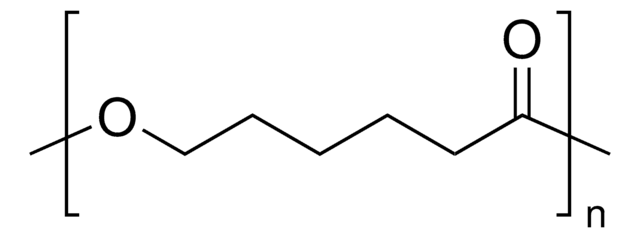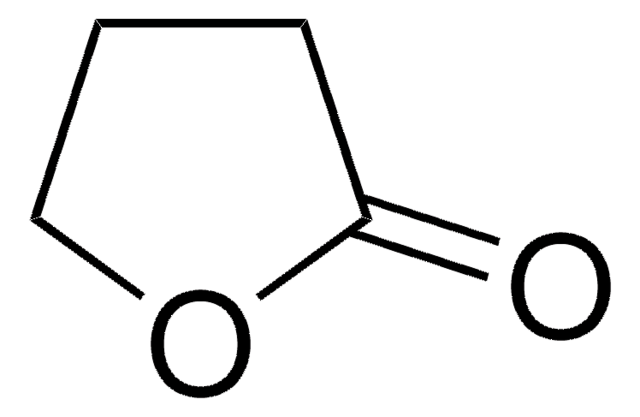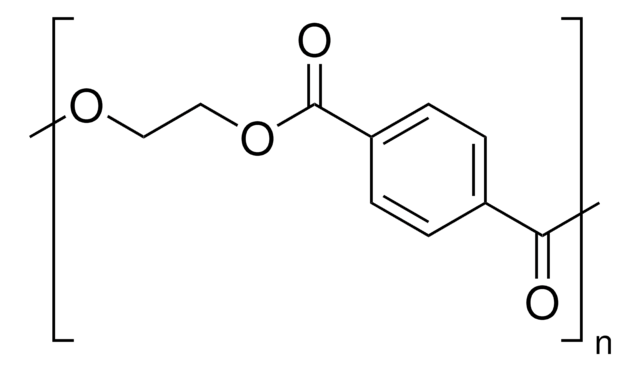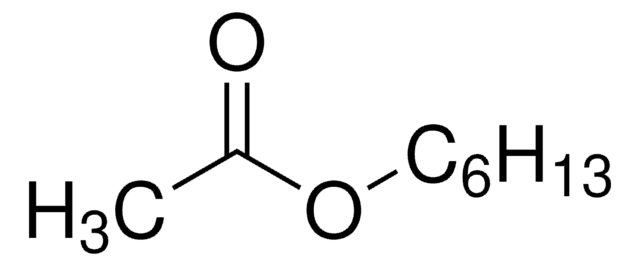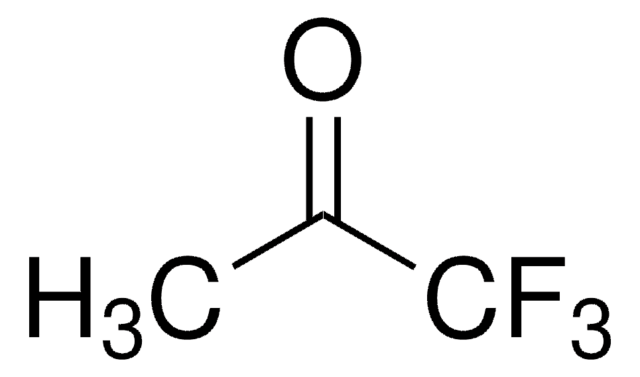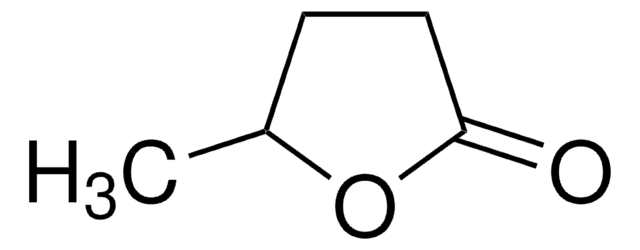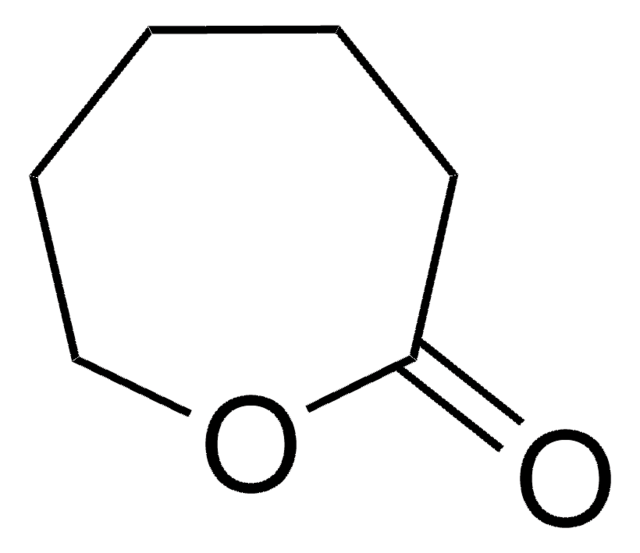900670
Poly(ε-caprolactone)-b-poly(ethylene glycol)-b-poly(ε-caprolactone)
2k-2k-2k
Synonym(s):
PCL-PEG-PCL, PCL-PEG-PCL triblock copolymer
Sign Into View Organizational & Contract Pricing
All Photos(2)
About This Item
Linear Formula:
H(OCH2CH2CH2CH2CH2CO)mO(CH2CH2O)n(COCH2CH2CH2CH2CH2O)mH
UNSPSC Code:
12162002
NACRES:
NA.23
Recommended Products
Looking for similar products? Visit Product Comparison Guide
Application
Biocompatible, amphiphilic triblock polymer composed of a hydrophilic, central PEG block and two terminal hydrophobic PCL blocks. These materials have been used in drug delivery applications as well as thermoplastic elastomers. Well-defined materials with varying properties can be prepared by controlling the relative length of each polymer block. Hydroxyl termination allows for facile further chemical modification of these materials.
Storage Class Code
11 - Combustible Solids
WGK
WGK 3
Regulatory Information
新产品
Choose from one of the most recent versions:
Certificates of Analysis (COA)
Lot/Batch Number
Don't see the Right Version?
If you require a particular version, you can look up a specific certificate by the Lot or Batch number.
Already Own This Product?
Find documentation for the products that you have recently purchased in the Document Library.
Poly(caprolactone)-poly(ethylene glycol)-poly(caprolactone) (PCL-PEG-PCL) nanoparticles: a valuable and efficient system for in vitro and in vivo delivery of curcumin.
Manjili HK, et al.
Royal Society of Chemistry Advances, 6, 14403-14415 (2016)
ChangYang Gong et al.
International journal of pharmaceutics, 365(1-2), 89-99 (2008-09-17)
In this work, a series of biodegradable triblock poly(ethylene glycol)-poly(epsilon-caprolactone)-poly(ethylene glycol) (PEG-PCL-PEG, PECE) copolymers were successfully synthesized by ring-opening copolymerization, and were characterized by (1)H NMR, FT-IR, GPC, and DSC. Aqueous solutions of PECE copolymers underwent thermosensitive sol-gel-sol transition as
Synthesis and Characterization of PEG-PCL-PEG Triblock Copolymers as Carriers of Doxorubicin for the Treatment of Breast Cancer.
Cuong NV, et al.
Journal of Applied Polymer Science, 117, 3694-3703 (2010)
Synthesis and microphase separation of biodegradable poly(ε-caprolactone)-poly(ethylene glycol)-poly(ε-caprolactone) multiblock copolymer films.
You JH, et al.
Macromolecular Research, 16(7), 609-613 (2008)
Our team of scientists has experience in all areas of research including Life Science, Material Science, Chemical Synthesis, Chromatography, Analytical and many others.
Contact Technical Service